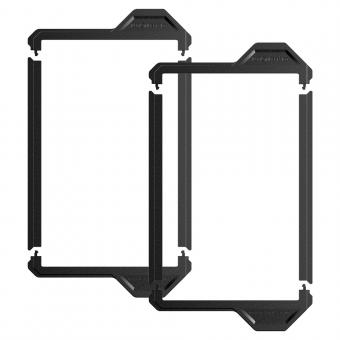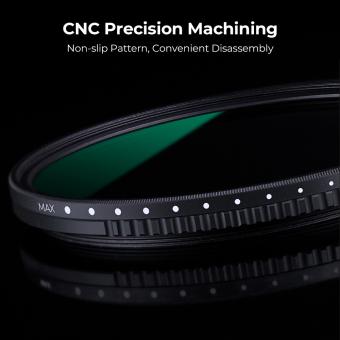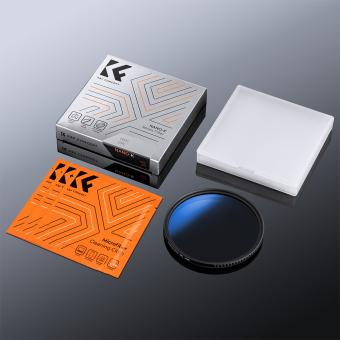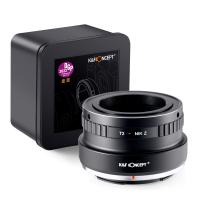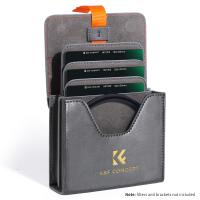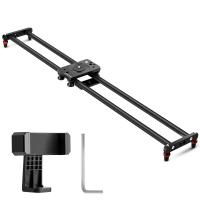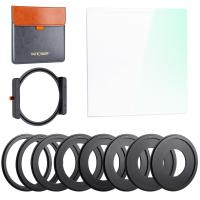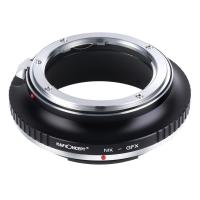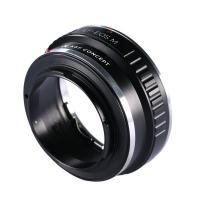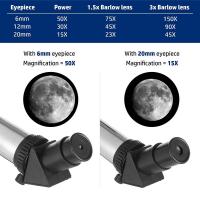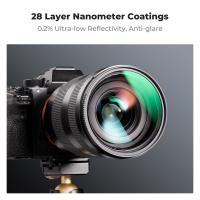What Strength Nd Filter ?
A neutral density (ND) filter is a type of camera filter that reduces the amount of light entering the lens without affecting the color or hue of the image. ND filters are commonly used in photography and videography to achieve certain creative effects, such as blurring motion or creating shallow depth of field in bright lighting conditions.
The strength of an ND filter is measured in stops, which refers to the amount of light that is blocked by the filter. For example, a 1-stop ND filter reduces the amount of light entering the lens by half, while a 3-stop ND filter reduces it by eight times. The strength of the ND filter you choose will depend on the lighting conditions and the effect you want to achieve.
1、 Definition of ND filter
Definition of ND filter:
An ND (Neutral Density) filter is a type of camera filter that reduces the amount of light entering the camera lens without affecting the color or hue of the image. ND filters are commonly used in photography and videography to achieve a shallow depth of field or to create motion blur in bright lighting conditions.
ND filters come in different strengths, usually measured in stops. The higher the number of stops, the darker the filter and the more light it blocks. Common strengths include ND2 (1-stop), ND4 (2-stops), ND8 (3-stops), ND16 (4-stops), ND32 (5-stops), and ND64 (6-stops). Some filters can go up to ND1000 (10-stops) or even higher.
The latest point of view on ND filters is that they are essential tools for photographers and videographers who want to achieve creative effects in their work. ND filters can be used to capture long exposures of waterfalls or other moving subjects, to blur the background in portraits, or to shoot video in bright daylight without overexposing the image.
In addition, ND filters are also useful for drone photography and videography, where the camera's shutter speed is limited and the aperture cannot be adjusted. By using an ND filter, drone pilots can achieve a cinematic look in their footage and capture stunning aerial views without overexposure.
Overall, ND filters are versatile and essential tools for any photographer or videographer who wants to take their work to the next level.
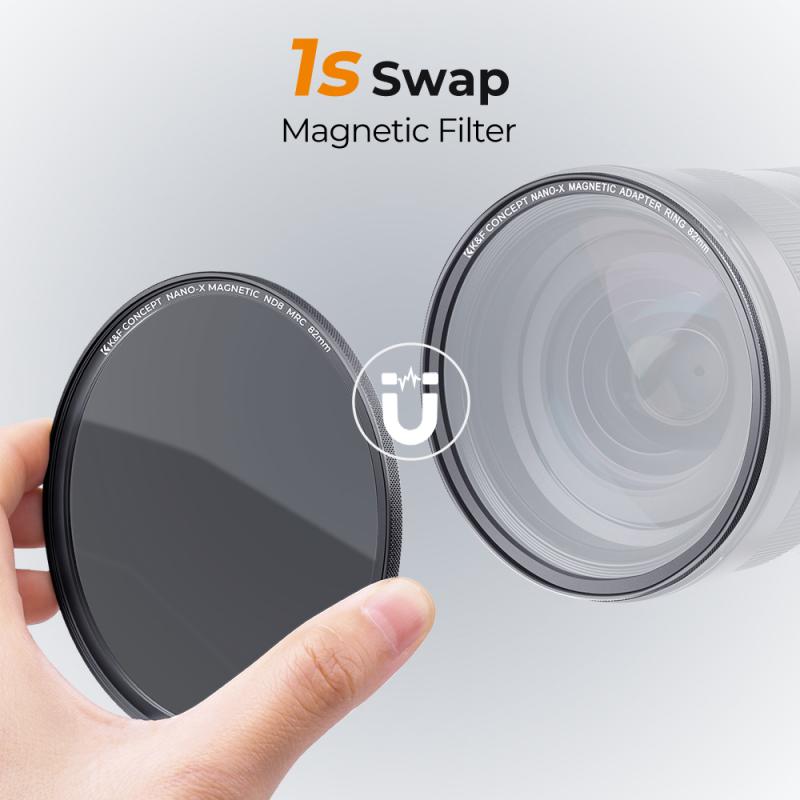
2、 Types of ND filters
Types of ND filters include fixed ND filters, variable ND filters, graduated ND filters, and reverse graduated ND filters. Fixed ND filters have a set amount of light reduction, while variable ND filters allow for adjustable light reduction. Graduated ND filters are darker on one end and gradually become lighter towards the other end, useful for balancing exposure in landscape photography. Reverse graduated ND filters are similar, but have a darker middle section for balancing bright skies during sunrise or sunset.
When choosing an ND filter, it is important to consider the strength of the filter. ND filters are rated by the amount of light reduction they provide, typically measured in stops. Common strengths include ND2 (1 stop), ND4 (2 stops), ND8 (3 stops), ND16 (4 stops), and ND32 (5 stops). Stronger filters, such as ND64 (6 stops) or ND1000 (10 stops), are also available for extreme light reduction.
The latest point of view on ND filters is that they are essential for achieving certain creative effects in photography, such as motion blur in water or clouds, or shallow depth of field in bright light. However, it is important to choose a high-quality filter to avoid color cast or loss of sharpness in the image. Additionally, some photographers prefer to use post-processing techniques to achieve similar effects, but ND filters can save time and provide a more natural look.

3、 Strengths of ND filters
Strengths of ND filters refer to the benefits and advantages that these filters offer to photographers and videographers. One of the primary strengths of ND filters is their ability to reduce the amount of light entering the camera lens without affecting the color or quality of the image. This allows photographers to use slower shutter speeds or wider apertures in bright conditions, resulting in more creative control over the final image.
Another strength of ND filters is their versatility. They come in different strengths, ranging from 1-stop to 10-stop filters, allowing photographers to choose the right filter for their specific needs. This versatility also makes ND filters useful in a variety of shooting situations, from landscape photography to long exposure photography.
ND filters are also useful for videographers, as they allow for smoother and more cinematic footage by reducing the amount of light entering the lens. This can be particularly useful when shooting in bright outdoor conditions or when trying to achieve a shallow depth of field.
Finally, ND filters are a cost-effective alternative to purchasing high-end lenses with wider apertures. By using an ND filter, photographers can achieve similar results without having to invest in expensive equipment.
In recent years, there has been a growing trend towards using variable ND filters, which allow for adjustable strength levels. This provides even greater flexibility and convenience for photographers and videographers. Overall, the strengths of ND filters make them a valuable tool for any photographer or videographer looking to enhance their creative control and achieve stunning results.
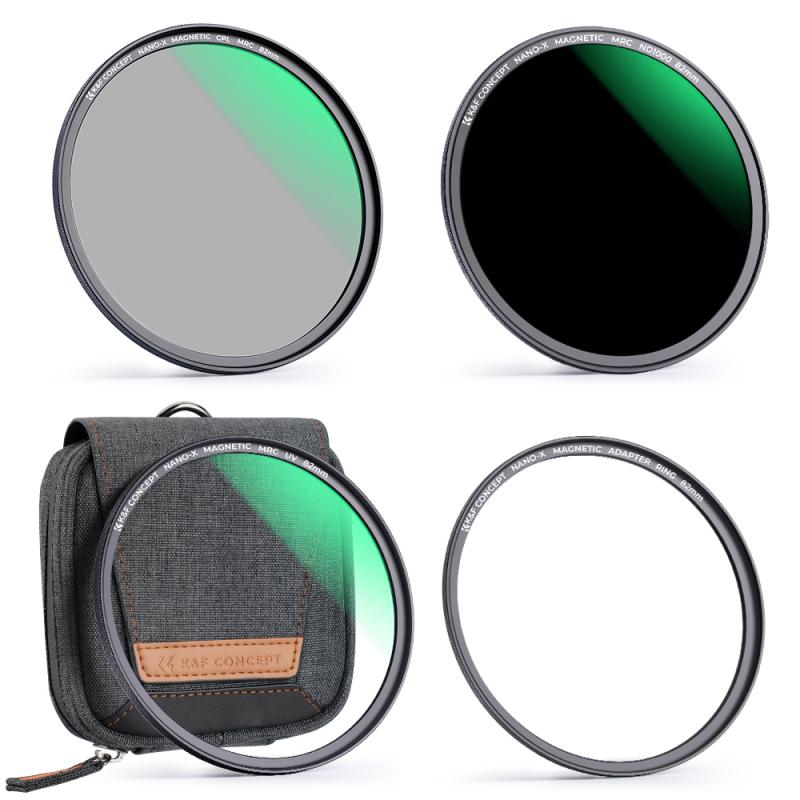
4、 Advantages of using ND filters
Advantages of using ND filters include the ability to control exposure in bright light conditions, allowing for longer shutter speeds and wider apertures without overexposing the image. This is particularly useful for landscape and outdoor photography, where bright sunlight can create harsh shadows and blown-out highlights. ND filters also allow for creative effects such as motion blur in water or clouds, and can be used to achieve a shallow depth of field in bright light.
In addition to these traditional advantages, the latest point of view on ND filters is that they can also improve image quality by reducing lens flare and ghosting. This is particularly important when shooting into the sun or other bright light sources, as these can cause unwanted reflections and reduce contrast in the image. ND filters can also help to reduce the appearance of atmospheric haze, resulting in clearer and more vibrant images.
Another advantage of using ND filters is that they can help to balance exposure between different parts of the image. For example, when shooting a landscape with a bright sky and darker foreground, an ND filter can be used to reduce the exposure of the sky while maintaining detail in the foreground. This can be particularly useful when shooting with a wide-angle lens, where the sky can often appear overexposed.
Overall, the advantages of using ND filters are numerous and varied, making them an essential tool for any photographer looking to take their images to the next level. Whether you're shooting landscapes, portraits, or anything in between, an ND filter can help you to achieve the perfect exposure and create stunning, creative images.


